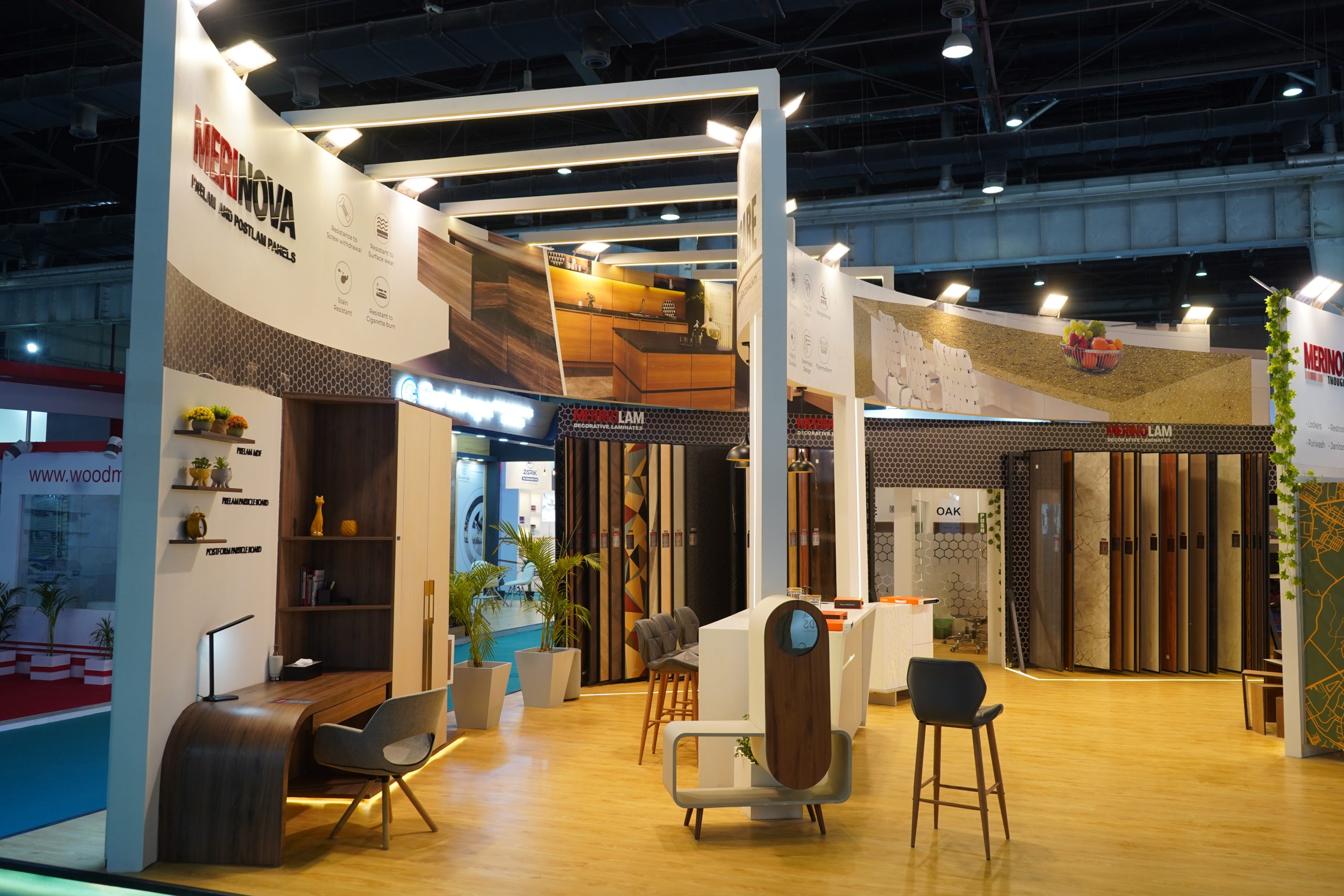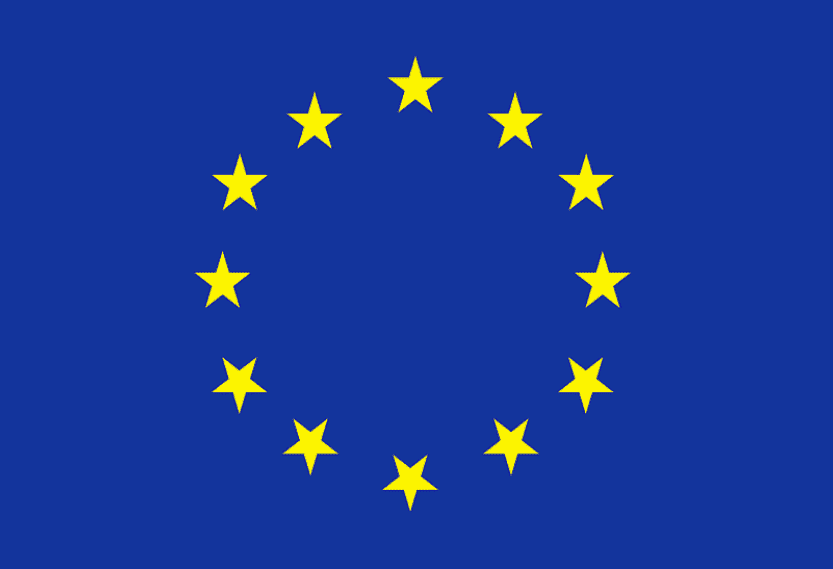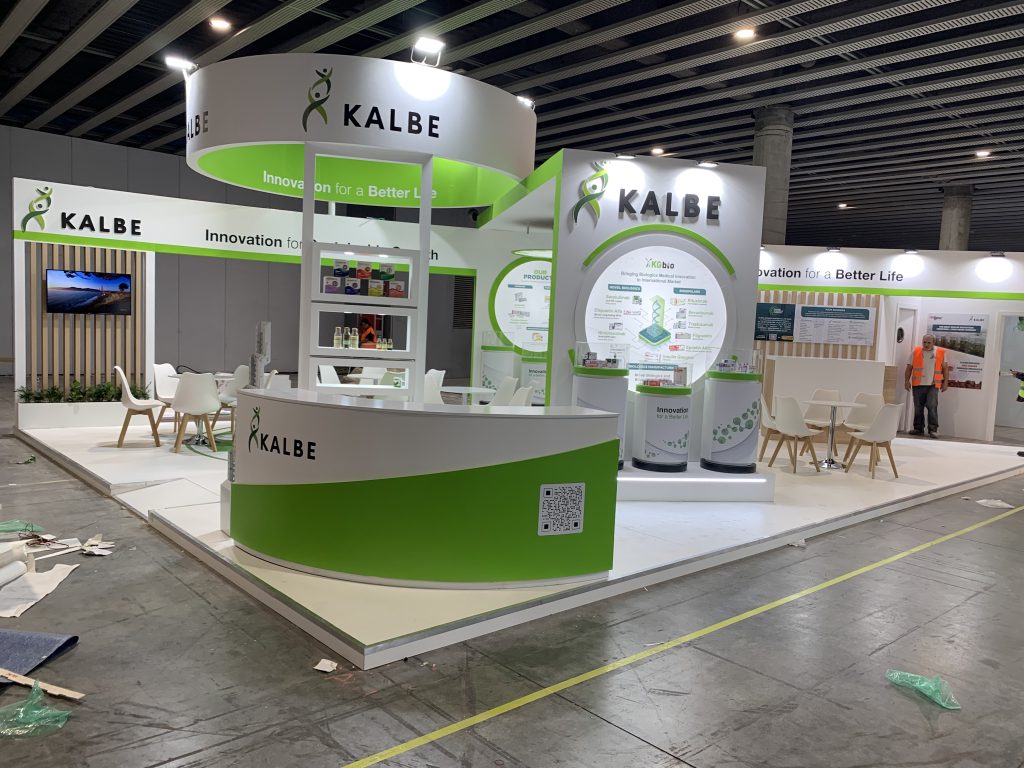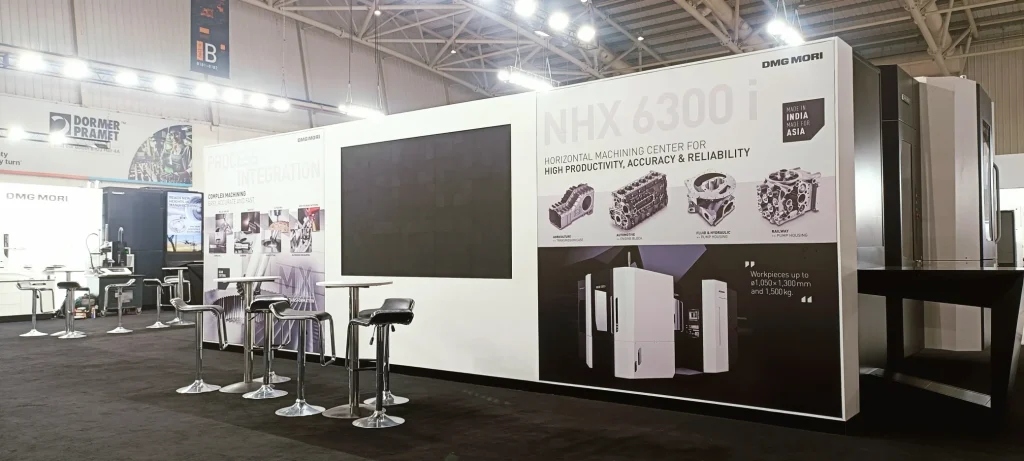
Introduction:
In today’s fast paced and interconnected world, technology is revolutionizing the way exhibitors collaborate with exhibit companies to create compelling booth experiences at trade shows. From design and fabrication to logistics and support services, innovative technologies are streamlining processes, enhancing communication, and driving efficiency in the collaboration between exhibitors and exhibit companies.
In this blog, we’ll explore how technology is shaping the future of collaboration in the trade show industry and empowering exhibitors to achieve their objectives with greater ease and effectiveness.
1. Virtual Design Studios:
- Virtual design studios leverage advanced 3D modeling software and virtual reality (VR) technology to enable exhibitors to visualize and interact with booth designs in a digital environment.
- Exhibitors can collaborate with designers in real time, exploring different design options, layouts, and configurations before committing to a final design.
- Virtual design studios enhance communication and decision making, allowing exhibitors to provide feedback, make revisions, and approve designs remotely, saving time and reducing the need for physical prototypes.
2. Digital Prototyping:
- Digital prototyping tools enable exhibit companies to create virtual prototypes of booth designs, simulating materials, lighting, and interactive elements with precision and accuracy.
- Exhibitors can experience the proposed booth design in a virtual environment, gaining insights into how it will look and function before production begins.
- Digital prototyping reduces the risk of errors and costly revisions, allowing exhibitors to make informed decisions and achieve the desired outcome more efficiently.
3. Collaboration Platforms:
- Collaboration platforms facilitate seamless communication and collaboration between exhibitors and exhibit companies, providing a centralized hub for project management, document sharing, and real time communication.
- These platforms enable exhibitors to track project progress, access design files, and communicate with project teams and stakeholders from anywhere, at any time.
- Collaboration platforms improve transparency, accountability, and efficiency in the collaboration process, ensuring that all parties are aligned and informed throughout the project lifecycle.
4. Augmented Reality (AR) Visualization:
- Augmented reality (AR) visualization tools enable exhibitors to experience booth designs in the physical space using ARenabled devices such as smartphones or tablets.
- Exhibitors can overlay virtual booth designs onto the actual trade show floor, allowing them to assess scale, layout, and visibility in real world conditions.
- AR visualization enhances decisionmaking and stakeholder buyin, providing a tangible and immersive preview of the booth experience before construction begins.
5. Project Management Software:
- Project management software streamlines collaboration and coordination between exhibitors and exhibit companies by automating tasks, tracking milestones, and managing project timelines.
- Exhibitors can use project management software to assign tasks, set deadlines, and monitor progress, ensuring that projects stay on schedule and within budget.
- Project management software improves efficiency and accountability, enabling exhibitors to oversee multiple projects simultaneously and allocate resources effectively.
6. Remote Monitoring and Support:
- Remote monitoring and support technologies enable exhibit companies to remotely monitor booth installations, troubleshoot technical issues, and provide support to exhibitors in real time.
- Through remote access tools and IoTenabled sensors, exhibit companies can diagnose problems, perform maintenance tasks, and ensure optimal performance of booth installations without the need for onsite visits.
- Remote monitoring and support reduce downtime, minimize disruptions, and enhance exhibitor satisfaction by addressing issues promptly and efficiently.
Conclusion:
Technology is transforming the way exhibitors collaborate with exhibit companies, streamlining processes, enhancing communication, and driving efficiency in the creation of booth experiences at trade shows. From virtual design studios and digital prototyping to collaboration platforms, augmented reality visualization, project management software, and remote monitoring and support, innovative technologies are empowering exhibitors to achieve their objectives with greater ease and effectiveness.
By embracing these technologies, exhibitors can streamline collaboration, improve decision making, and ultimately create compelling booth experiences that captivate attendees and drive success at trade shows.


 US
US
 EU
EU


